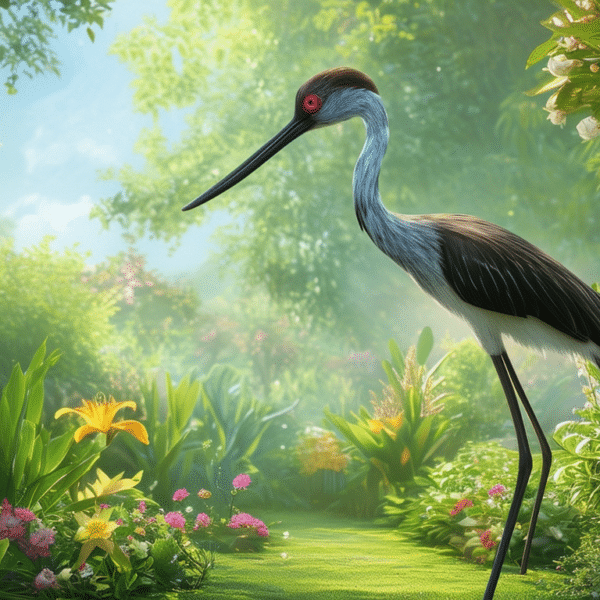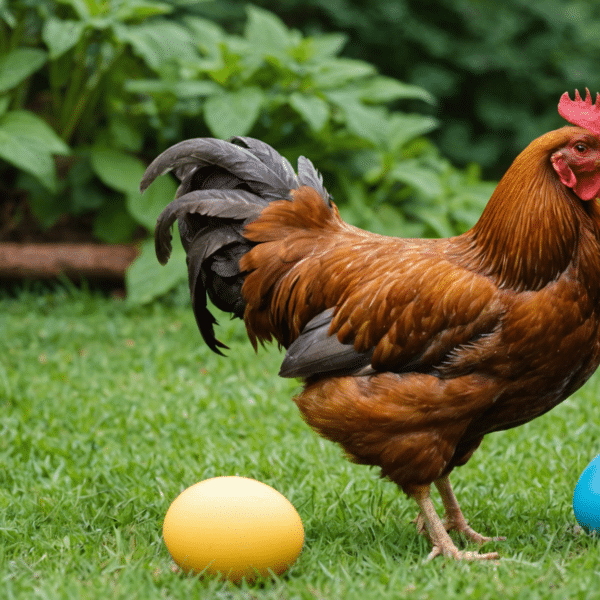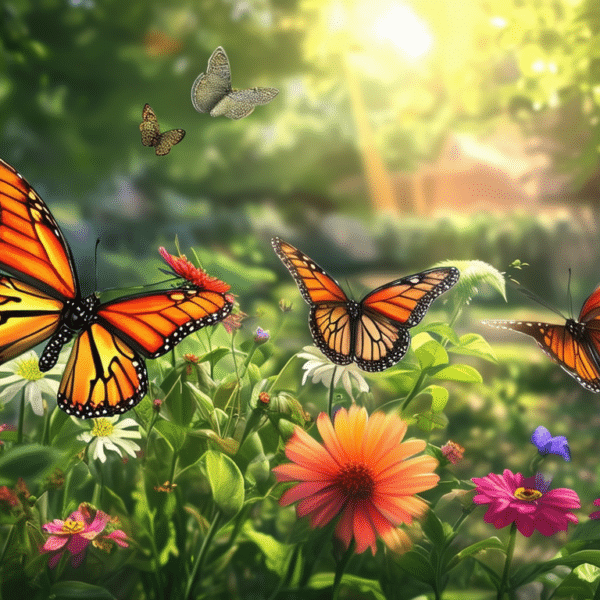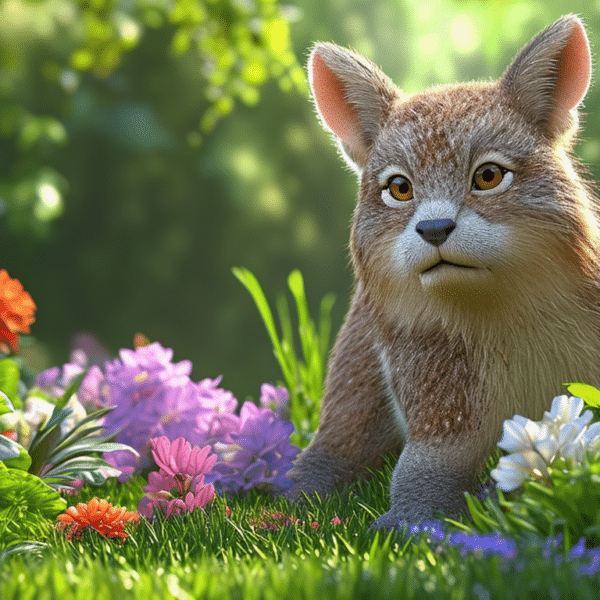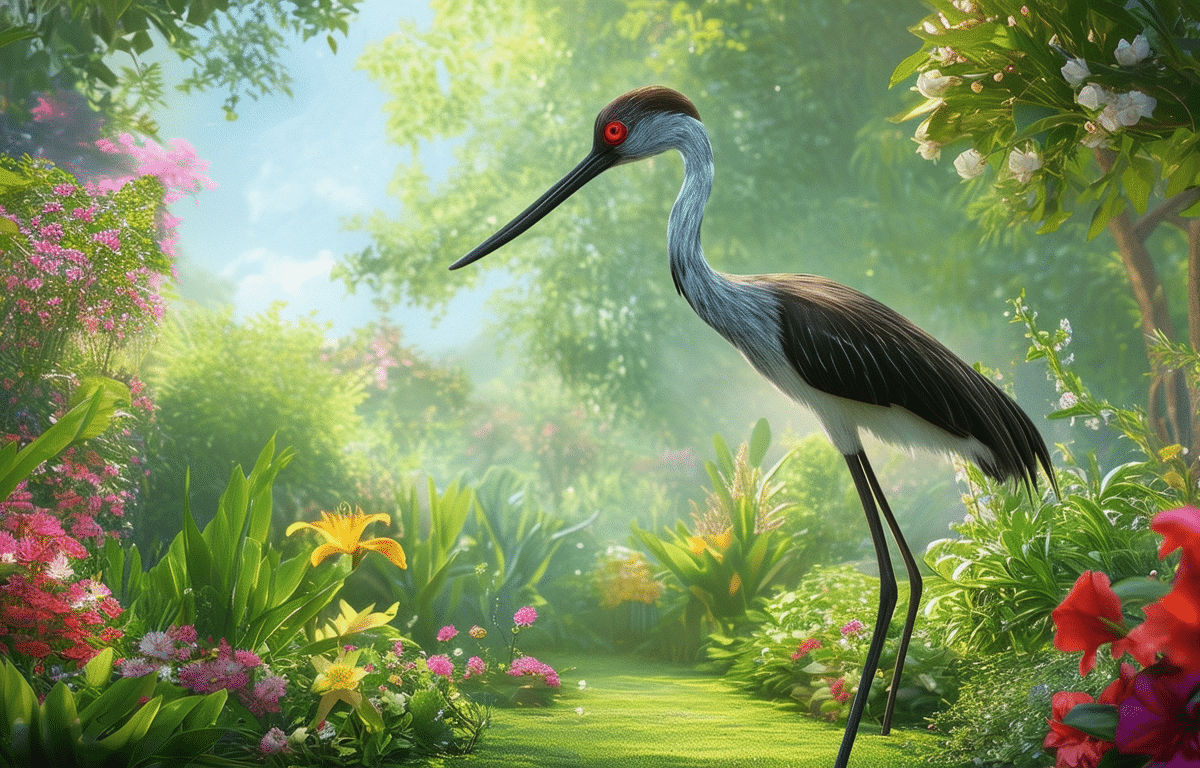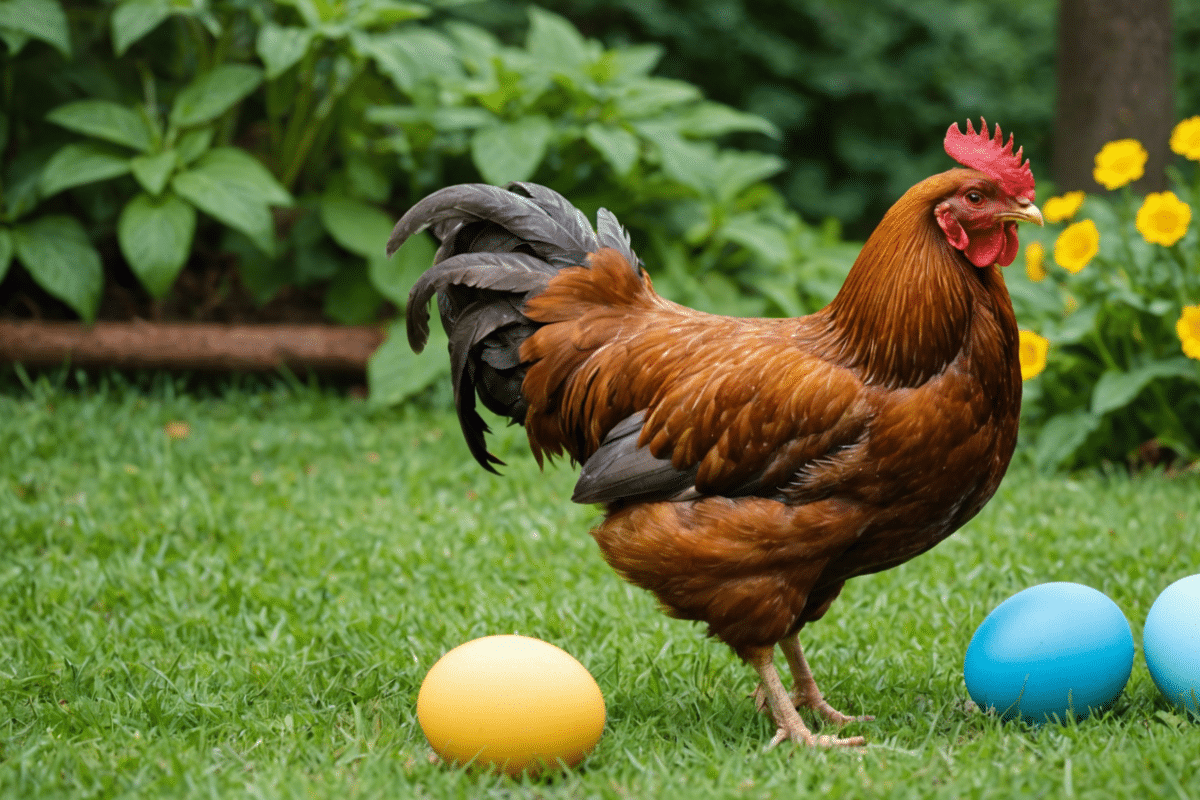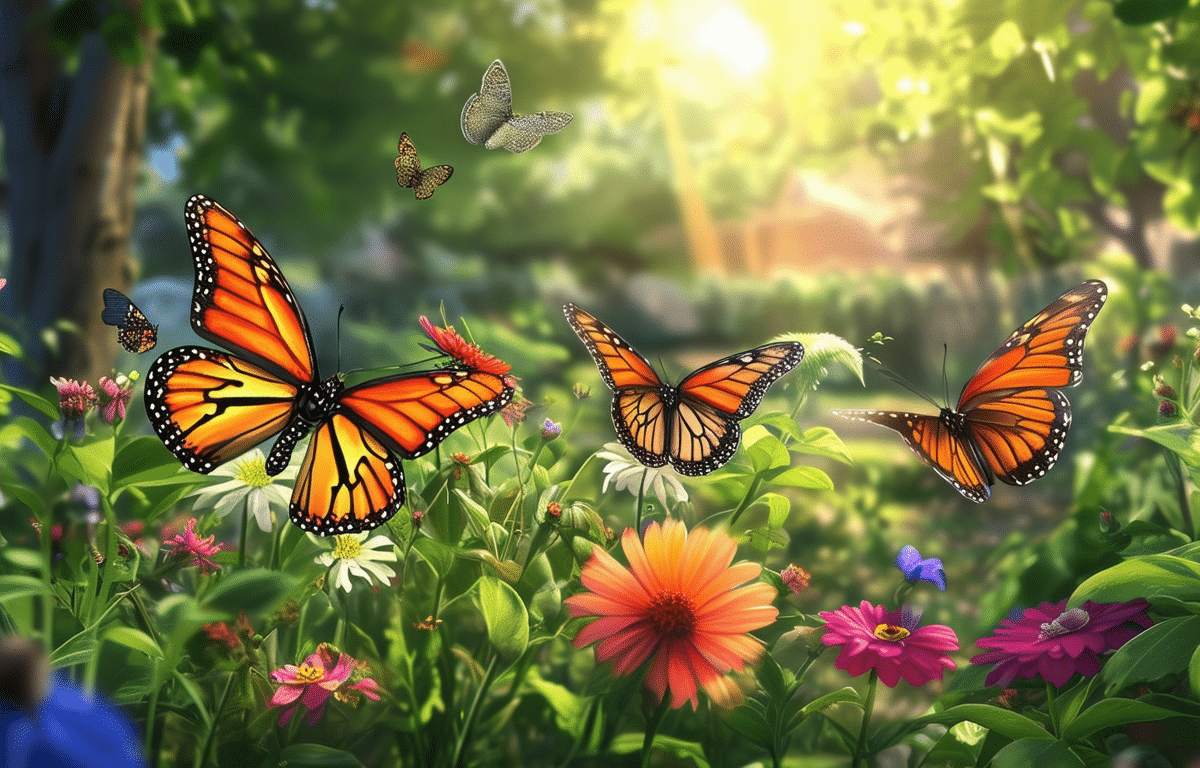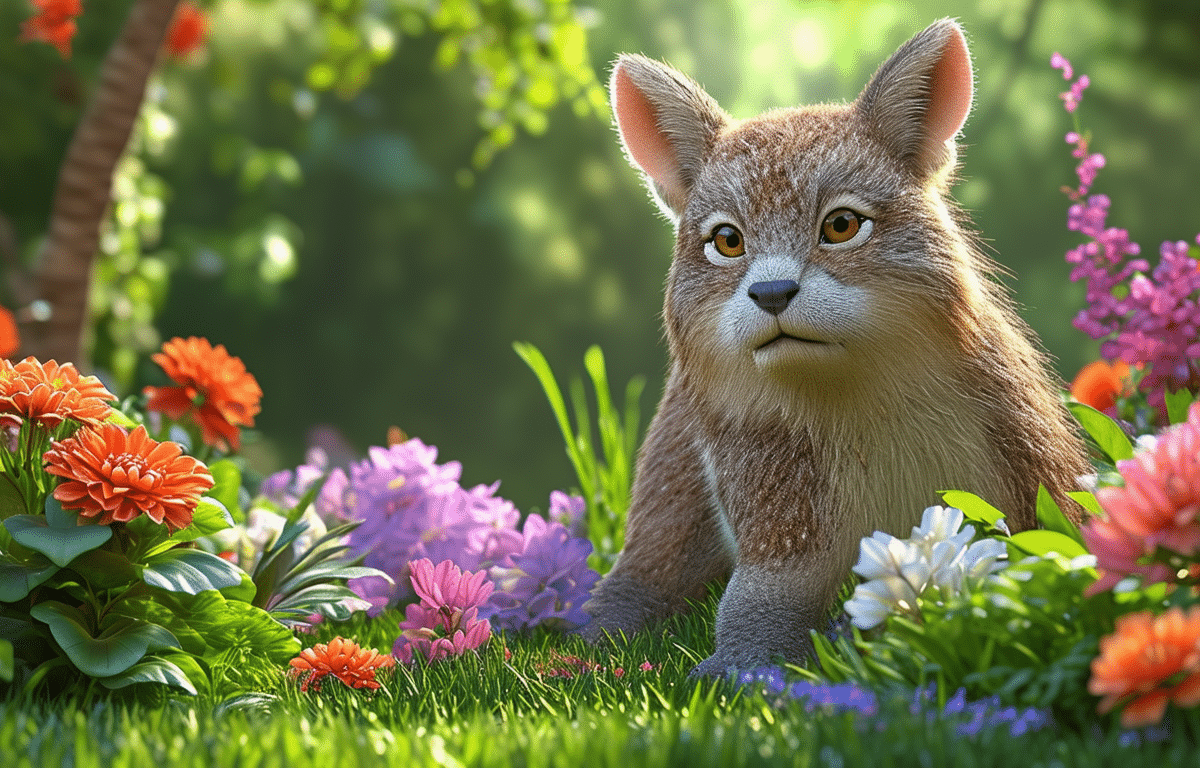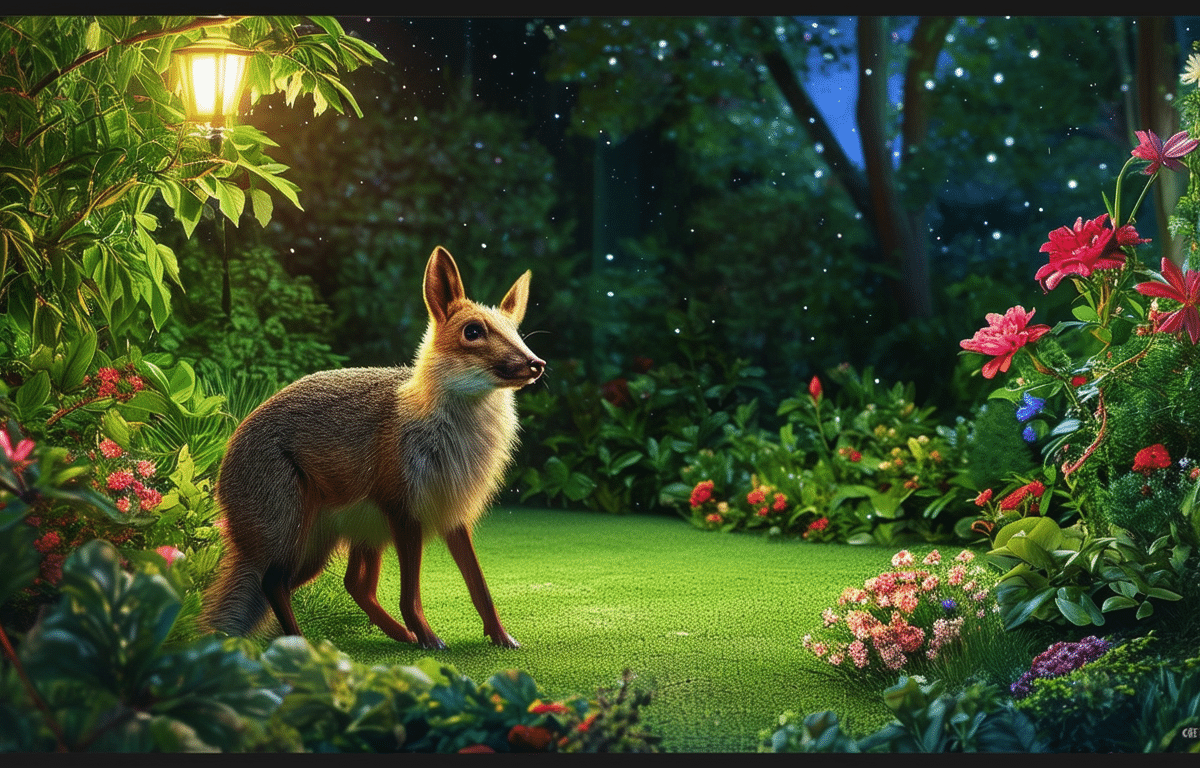Content
When the sun dips below the horizon and the garden becomes a twilight realm, a rustle in the bushes may signal the arrival of one of nature’s most adaptable creatures. The fox, with its fiery coat and keen senses, is often regarded as a cunning visitor to our backyards. While some view these animals as pests, understanding their behavior and ecological role can lead to a harmonious coexistence between humans and these crafty canines.
Understanding Fox Behavior

Foxes are opportunistic feeders that play a crucial role in maintaining a balanced ecosystem. They are known for their intelligence and adaptability, which allows them to thrive in diverse environments, including urban areas. These mammals are primarily nocturnal, making dusk and dawn the best times to observe their activities. Their diet consists of rodents, insects, fruit, and sometimes small birds, which makes gardens an attractive foraging ground for them. Recognizing these habits is the first step towards creating a garden that respects their presence while protecting your interests.
Creating a Fox-friendly Garden
To foster a space where foxes can visit without causing disruption, consider incorporating elements that cater to their natural behaviors. Planting native shrubs and trees provides cover and potential den sites for foxes, while also attracting their prey such as insects and small mammals. This not only supports foxes but also enhances the overall biodiversity of your garden. Additionally, leaving a portion of your yard unmowed can create a natural habitat for the prey species that foxes hunt, reducing the likelihood of them digging up manicured areas in search of food.
Deterrents and Encouragements
While encouraging foxes to visit your garden can be rewarding, it’s important to manage their presence carefully. To discourage them from becoming too comfortable or causing damage, avoid leaving out food scraps or accessible garbage bins which can attract them. Instead, focus on non-invasive deterrents such as motion-activated lights or sprinklers that can gently dissuade them from certain areas without harm. On the other hand, if you wish to encourage fox activity in specific parts of your garden away from sensitive areas, consider installing a water source like a birdbath or shallow pond which can provide hydration for these visitors.
Predator Control Efforts
Involvement in predator control efforts is essential for protecting local wildlife populations. By understanding the role of predators like foxes within the ecosystem, one can implement strategies that protect both prey species and predators themselves. For instance, securing chicken coops or birdhouses with proper fencing can prevent predation while still allowing foxes to play their part in controlling rodent populations. It’s about finding a balance where predator-prey dynamics are maintained without human-wildlife conflicts escalating.
Photographing Fox Visitors
For those with an interest in wildlife photography, foxes present an excellent subject due to their striking appearance and expressive behaviors. Capturing images of these animals requires patience and an understanding of their habits. Setting up a camera near known fox trails or feeding spots during twilight hours can yield stunning photographs. Utilizing infrared triggers or trail cameras can also provide unique insights into their nocturnal activities without disturbing them.
The Role of Foxes in Pest Control
Foxes serve as natural pest controllers in our gardens by preying on rodents and insects that might otherwise damage plants and crops. By allowing them to fulfill this role, we reduce the need for chemical pesticides which can have harmful effects on the environment. This symbiotic relationship showcases how gardens can become ecosystems where every organism, from the smallest bug to the roaming fox, has an important part to play.
In embracing these wild visitors, we not only enrich our own experience of nature but contribute to a larger effort of wildlife conservation. Coexisting with foxes is about respect, understanding, and taking measures that benefit both our gardens and the local fauna. With careful planning and consideration, we can enjoy the beauty and benefits these creatures bring to our outdoor spaces.


